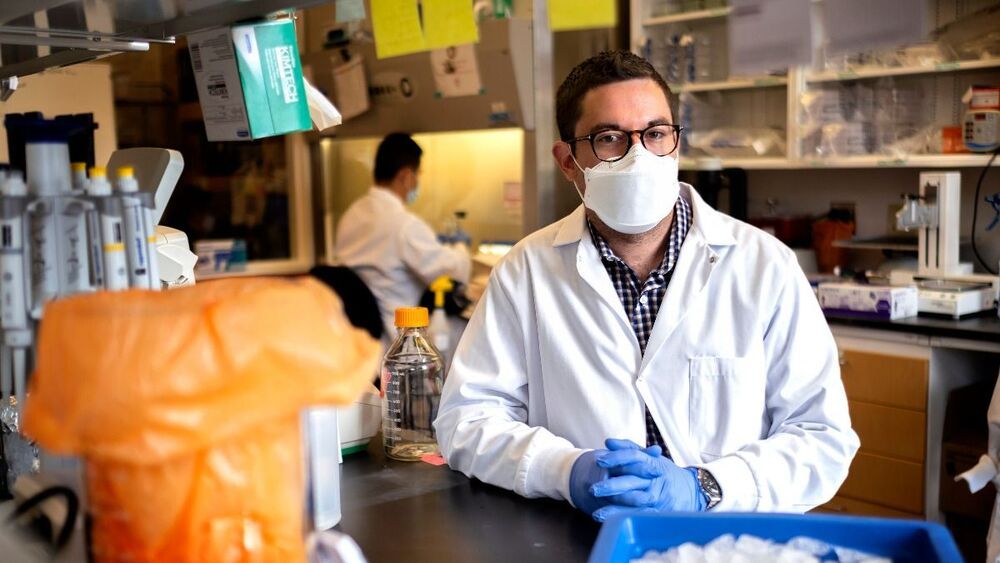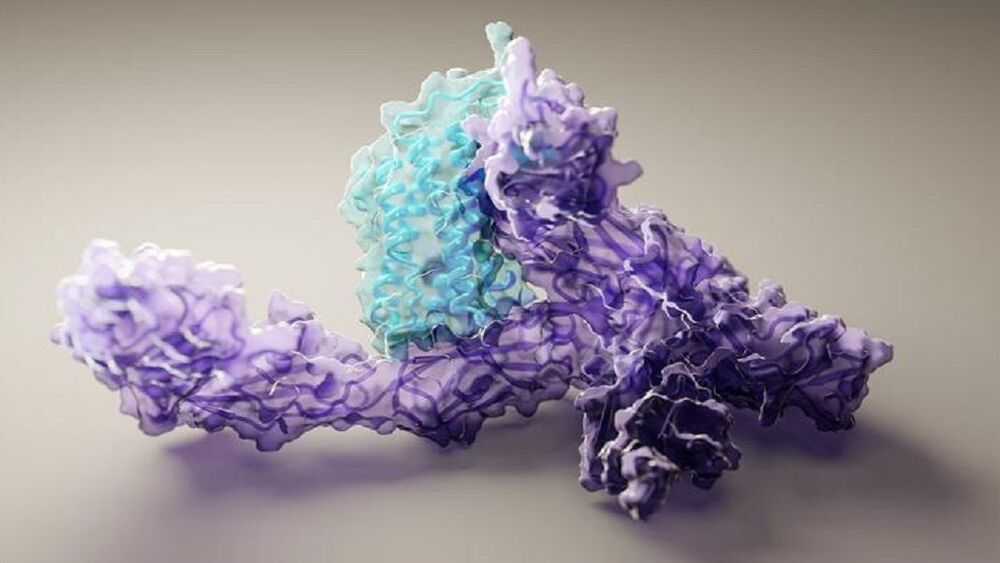Magnetic shields could help earth if we lost out outer shielding from atmosphere and stuff.
The space agency is considering an artificial magnetic field around the planet to defend against harmful radiation from the sun.
Magnetic shields could help earth if we lost out outer shielding from atmosphere and stuff.
The space agency is considering an artificial magnetic field around the planet to defend against harmful radiation from the sun.

“Our studies in mice revealed how genes co-operate to cause cancer in different organs. We identified main players, the order in which they occur during tumor progression, and the molecular processes how they turn normal cells into threatening cancers. Such processes are potential targets for new treatments”.
Why do alterations of certain genes cause cancer only in specific organs of the human body? Scientists at the German Cancer Consortium (DKTK), the Technical University of Munich (TUM), and the University Medical Center Göttingen have now demonstrated that cells originating from different organs are differentially susceptible to activating mutations in cancer drivers: The same mutation in precursor cells of the pancreas or the bile duct leads to fundamental different outcomes. The team discovered for the first time that tissue specific genetic interactions are responsible for the differential susceptibility of the biliary and the pancreatic epithelium towards transformation by oncogenes. The new findings could guide more precise therapeutic decision making in the future.
There have been no major improvements in the treatment of pancreatic and biliary tract cancer in the last decades and no effective targeted therapies are available to date. “The situation for patients with pancreatic and extrahepatic bile duct cancer is still very depressing with approximately only 10% of patients surviving five years,” says Dieter Saur, DKTK Professor for Translational Cancer Research at TUM’s university hospital Klinikum rechts der Isar, DKTK partner site Munich.
DKTK is a consortium centered around the German Cancer Research Center (DKFZ) in Heidelberg, which has long-term collaborative partnerships with specialist oncological centers at universities across Germany.
After the New Shepard rocket vehicle carried Jeff Bezos, his brother Mark, Wally Funk and Oliver Daemen into space and its capsule glided safely back to the West Texas desert, the four crewmates emerge safely and are greeted by their jubilant families.
» Subscribe to TODAY: http://on.today.com/SubscribeToTODAY
» Watch the latest from TODAY: http://bit.ly/LatestTODAY
About: TODAY brings you the latest headlines and expert tips on money, health and parenting. We wake up every morning to give you and your family all you need to start your day. If it matters to you, it matters to us. We are in the people business. Subscribe to our channel for exclusive TODAY archival footage & our original web series.
Connect with TODAY Online!
Visit TODAY’s Website: http://on.today.com/ReadTODAY
Find TODAY on Facebook: http://on.today.com/LikeTODAY
Follow TODAY on Twitter: http://on.today.com/FollowTODAY
Follow TODAY on Instagram: http://on.today.com/InstaTODAY
#JeffBezos #BlueOrigin #Space


A novel, high-resolution fluorescence imaging technique reveals a pattern, known as a Pauli crystal, that can emerge in a cloud of trapped, noninteracting fermions.
Bring two particles together and, in general, they will interact. For example, two electrons will repel each other through electrostatic forces, or two atoms may form a molecule through electrostatic and van der Waals forces. Noninteracting particles, however, can also affect another’s behavior in a way that depends on the spin of both particles. In particular, fermionic particles, which have half-integer spin, obey the Pauli exclusion principle, which states that two fermions can never occupy the same quantum state. Two electrons in an atom, for instance, can never occupy the same quantum state. As a result, noninteracting particles can form self-organized structures. However, these structures, called Pauli crystals, have not been previously observed. Now using ultracold atoms, Marvin Holten from the University of Heidelberg, Germany, and colleagues have experimentally realized and imaged a Pauli crystal [1].
On the first passenger test flight for his space company Blue Origin, Jeff Bezos blasted into space from West Texas along with his brother Mark Bezos, 82-year-old aviator Wally Funk and 18-year-old physics student Oliver Daemen aboard the rocket New Shepard. NBC’s Tom Costello reports for TODAY from Corn Ranch, Texas.
» Subscribe to TODAY: http://on.today.com/SubscribeToTODAY
» Watch the latest from TODAY: http://bit.ly/LatestTODAY
About: TODAY brings you the latest headlines and expert tips on money, health and parenting. We wake up every morning to give you and your family all you need to start your day. If it matters to you, it matters to us. We are in the people business. Subscribe to our channel for exclusive TODAY archival footage & our original web series.
Connect with TODAY Online!
Visit TODAY’s Website: http://on.today.com/ReadTODAY
Find TODAY on Facebook: http://on.today.com/LikeTODAY
Follow TODAY on Twitter: http://on.today.com/FollowTODAY
Follow TODAY on Instagram: http://on.today.com/InstaTODAY
#BlueOrigin #Bezos #Space

CHAPEL HILL, N.C. – Scientists at the University of North Carolina Gillings School of Global Public Health have developed a vaccine that could be effective against COVID-19, its variants — and a future coronavirus pandemic.
While no one knows which virus may cause the next outbreak, coronaviruses remain a threat after causing the SARS outbreak in 2003 and the global COVID-19 pandemic.
According to a study published June 22 in Science, the vaccine designed at UNC-Chapel Hill protected mice from the current SARS-CoV-2 coronavirus, plus a group of coronaviruses known to make the jump from animals to humans.


The tool next examines how one protein’s amino acids interact with another within the same protein, for example, by examining the distance between two distant building blocks. It’s like looking at your hands and feet fully stretched out, versus in a backbend measuring the distance between those extremities as you “fold” into a yoga pose.
Finally, the third track looks at 3D coordinates of each atom that makes up a protein building block—kind of like mapping the studs on a Lego block—to compile the final 3D structure. The network then bounces back and forth between these tracks, so that one output can update another track.
The end results came close to those of DeepMind’s tool, AlphaFold2, which matched the gold standard of structures obtained from experiments. Although RoseTTAFold wasn’t as accurate as AlphaFold2, it seemingly required much less time and energy. For a simple protein, the algorithm was able to solve the structure using a gaming computer in about 10 minutes.
😀
Forget worrying about wading depth, Jeep thinks there’s a future where the Wrangler could be capable of driving completely submersed in water.